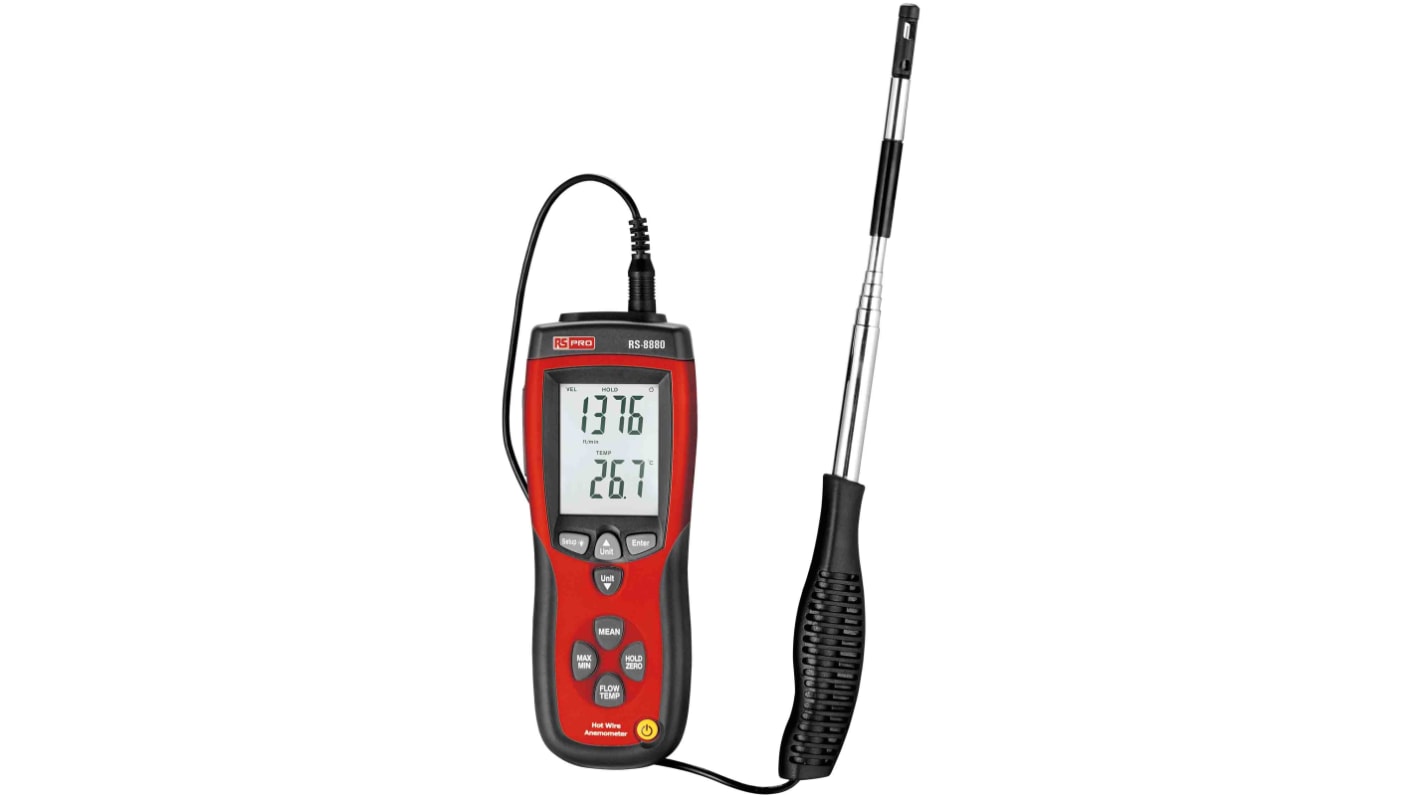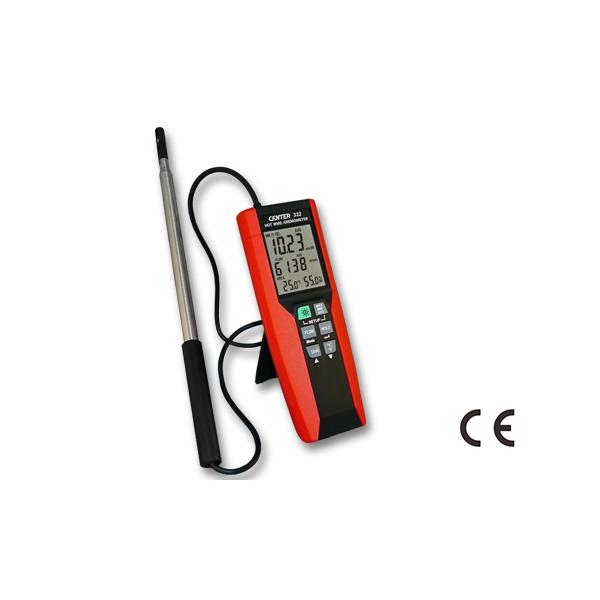The Role of an Anemometer in Improving Safety And Security for Outdoor Activities
The Role of an Anemometer in Improving Safety And Security for Outdoor Activities
Blog Article
Anemometers Introduced: Recognizing Their Importance in Ecological Tracking and Precaution
The function of anemometers in environmental monitoring and security actions is typically taken too lightly, yet their relevance is obvious. These instruments have a lengthy background rooted in scientific questions and technological advancements, developing to come to be essential tools in different fields. From meteorology to air travel safety and security, anemometers play an essential role in providing precise information that educates decision-making procedures and improves overall safety. Understanding the ins and outs of anemometers reveals a world of important understandings that are fundamental to our understanding of the setting and the steps we take to make certain security.
History of Anemometers
The development of anemometers can be traced back to the old worlds where rudimentary wind gauging gadgets were very first made use of. These very early wind measurement devices laid the foundation for the growth of a lot more innovative anemometers gradually. Among the earliest recognized anemometers was the hemispherical mug anemometer designed by Leon Battista Alberti in the 15th century. This layout was composed of four hemispherical cups that collected wind power, supplying a dimension of its intensity based on the speed of rotation.
Over the years, improvements in technology led to the growth of more modern anemometers, consisting of ultrasonic anemometers and laser Doppler anemometers, offering increased precision and efficiency in determining wind speed and instructions. The background of anemometers showcases an impressive journey of innovation and progression in the area of meteorology.
Sorts Of Anemometers
Throughout the field of weather forecasting, various types of anemometers have actually been created to accurately determine wind speed and instructions. The most typical type is the cup anemometer, which includes three or four cups placed on straight arms that revolve with the wind. As the cups rotate, the rate at which they rotate is directly symmetrical to the wind rate. An additional widely utilized kind is the vane anemometer, which features a tail or fin that aligns itself with the wind instructions. This placement permits the tool to establish the wind direction. Sonic anemometers use ultrasonic signals to determine wind rate and direction properly. They are generally made use of in research applications due to their high precision. Hot-wire anemometers run based on the principle that the cooling effect of wind on a warmed cable is symmetrical to the wind speed. These anemometers are ideal for determining low wind speeds with high precision. Each type of anemometer has its toughness and is chosen based upon the details needs of the monitoring task available.
Applications in Meteorology
Having gone over the various kinds of anemometers made use of in weather forecasting for measuring wind speed and direction, it is vital to discover their sensible applications in the area. Anemometers play an important function in weather forecasting by offering accurate and real-time information on wind conditions (anemometer). Meteorologists make use of anemometers to keep an eye on wind speed and direction to anticipate weather condition patterns, problem warnings for serious weather condition occasions like storms, tornadoes, and cyclones, and assess weather for air travel safety and security
In weather forecasting, anemometers help in comprehending local and regional wind patterns, which are essential for anticipating weather condition adjustments and determining weather trends. These tools are additionally made use of in study to research microclimates, metropolitan warmth islands, and air pollution dispersion. In addition, anemometers are utilized in agriculture to optimize plant administration methods, such as watering and pesticide application, based on wind problems.
Relevance in Aviation Safety
An integral aspect of guaranteeing aeronautics security lies in the careful tracking of wind problems using anemometers. Anemometers play a vital role in aeronautics by giving real-time information on wind speed and instructions, aiding try this web-site pilots in making informed decisions throughout liftoff, trip, and landing. Unforeseeable and solid winds can considerably impact aircraft procedures, making it crucial for aviation authorities to count on exact wind measurements to ensure the safety and security of travelers and crew.

In the vibrant setting of air travel, where even minor changes in wind rate and instructions can have extensive results, anemometers stand as vital tools for advertising risk-free and secure air travel.
Function in Environmental Study
Anemometers play an essential role in ecological study by giving essential data on wind rate and direction. By precisely measuring wind characteristics, anemometers aid researchers evaluate the motion of pollutants in the air, analyze the impact of commercial emissions, and predict the spread of pollutants in the environment.


Verdict
In verdict, anemometers have actually played a vital role in ecological tracking and safety and security measures. Comprehending the significance of anemometers is crucial for properly Discover More Here determining wind speed and direction, which is important for predicting climate patterns, ensuring safe aviation procedures, and carrying out ecological research studies.
One of the earliest recognized anemometers was the hemispherical mug anemometer developed by Leon Battista Alberti in the 15th century. Over the years, improvements in technology led to the advancement of more modern-day anemometers, consisting of ultrasonic anemometers and laser Doppler anemometers, using raised precision and performance in gauging wind speed and instructions. Hot-wire anemometers operate based on the concept that the cooling effect of wind on a heated cable is proportional to the wind rate. Meteorologists utilize anemometers to keep track of wind rate and instructions to forecast climate patterns, concern cautions for severe climate occasions like storms, twisters, and hurricanes, and assess climatic conditions for aviation safety and security.
Recognizing the importance of anemometers is crucial for precisely gauging wind speed and instructions, which is essential for forecasting weather condition patterns, ensuring safe air travel procedures, and performing ecological research studies. (anemometer)
Report this page